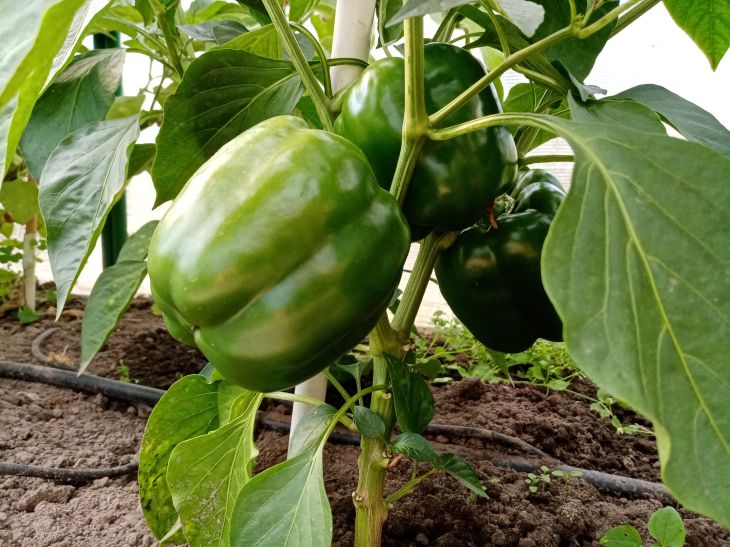Features of growing sweet peppers in greenhouses: what gardeners often forget to do
Growing pepper seedlings is almost the same as sowing tomato seedlings, only the process begins much earlier.
The first sweet peppers for seedlings can be sown as early as February.
You need to start with late varieties and hybrids that have a long growing season, says Anastasia Kovrizhnykh .
Successfully growing and obtaining high-quality seedlings of this unique plant is quite a troublesome and labor-intensive job even for experienced gardeners.
How to start
As a rule, this crop causes a lot of trouble when planted in a greenhouse.

To do this, you have to choose a day with cloudy, or even better, rainy weather. And there are very few such days in the spring.
If this work is carried out on a hot sunny day and the seedlings are not covered, then the peppers will at best lose their tender foliage, which will simply burn in the sun.
In the worst case, there is a possibility of losing the peppers completely.
Once the planted seedlings take root, the plants will begin to grow again.
If the sweet pepper plants have not yet had buds when planted, then you need to watch for the appearance of the very first, so-called crown bud. This bud needs to be carefully cut or pinched off. Otherwise, it will interfere with the pepper bush's development.
After some time, shoots will appear from the place where the crown bud was. These will be the future skeletal branches.
Only three sprouts need to be left. That is, the pepper bush will be formed into three main branches.
These branches will then also produce shoots, among which the weak ones will need to be removed. Those branches on which there are no buds are also removed.
Watering, diseases
Sweet peppers love watering. You can water them in the following mode: one watering per week, but very abundantly.
If you water too often, the peppers may get sick. In any case, sweet pepper bushes need to be inspected periodically.
During the inspection, diseased leaves must be cut off and destroyed. Once every two weeks, it makes sense to treat the pepper bushes with a suitable biological preparation against fungi and various bacteria.
When ovaries appear, you need to trim the leaves. First, ovaries appear on the first lower tier, you need to trim the two lowest leaves on the main stem.
And so two leaves are removed when ovaries appear on each separate tier of the bush. Somewhere at the beginning of August, leaf pruning should be stopped.
It is also necessary to remove all the extra ovaries and leave no more than 25 pieces on the bush. From these, 15-17 excellent quality peppers are usually formed.
Also, all ovaries that formed late are removed when it is clear that normal fruits will no longer be obtained from them.
Earlier we shared with you the recipe for “golden” fertilizer.
